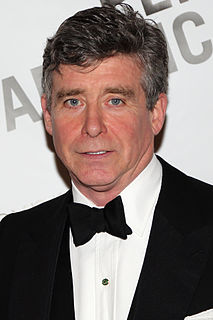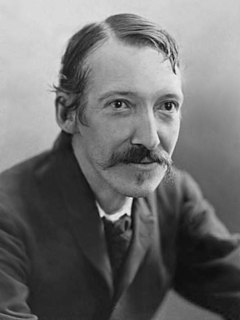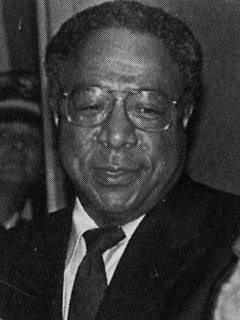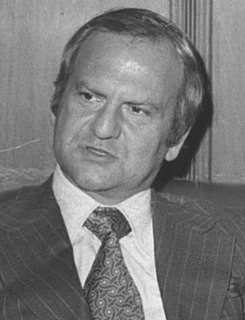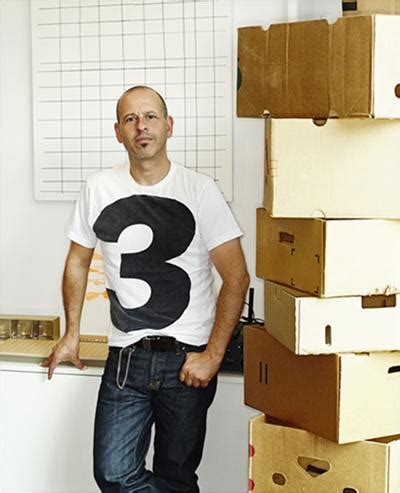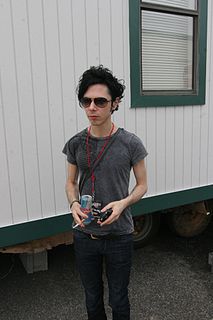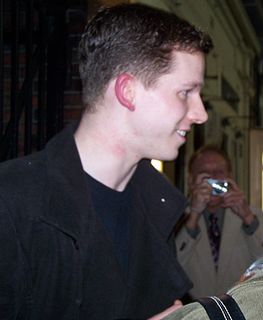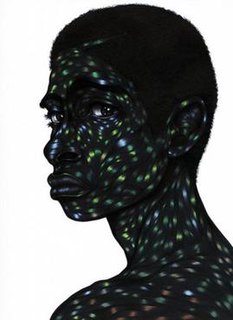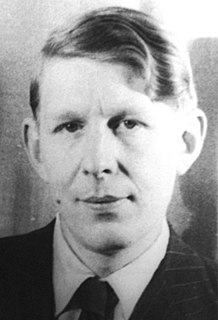A Quote by Jay McInerney
Tim Thornton's portrait of a pop culture obsession is so convincing that one can't help wishing that his fictional alt rock band actually existed, or suspecting that they did. The Alternative Hero is a weirdly compelling portrait of fanatic fandom which reads like High Fidelity at high volume.
Related Quotes
If you spot a market where the only choices are at either one end or the other - high fidelity or high convenience - there's probably a big opportunity at the other end. That was the opening for Federal Express, for instance. When it started, there was only one mail service in America - the US Postal Service, which was high convenience. Fred Smith created a high-fidelity mail service.
High fidelity is a rich experience, and you'll put up with terrible convenience to get it - maybe it's high cost, waiting in line, jumping through hoops. High convenience is the opposite - it's a commodity, but it's cheap and easy and ubiquitous. A great exclusive boutique shop is high fidelity; Wal-Mart is high convenience. Both are hard to establish in their own way. The thing to remember about sustaining either is that you can't sit still. Some other entity will always find a way to challenge your fidelity position or your convenience position.
I've always felt the portrait is an occasion for marks to happen. I've never viewed the portrait as about the sitter. Even when I go to the National Portrait Gallery, I'm not thinking about the sitter; I'm thinking about how the artist chose that color or that highlight. It becomes about the time, place, and context.
An honest self-portrait is extremely rare because a man who has reached the degree of self-consciousness presupposed by the desire to paint his own portrait has almost always also developed an ego-consciousness which paints himself painting himself, and introduces artificial highlights and dramatic shadows.
